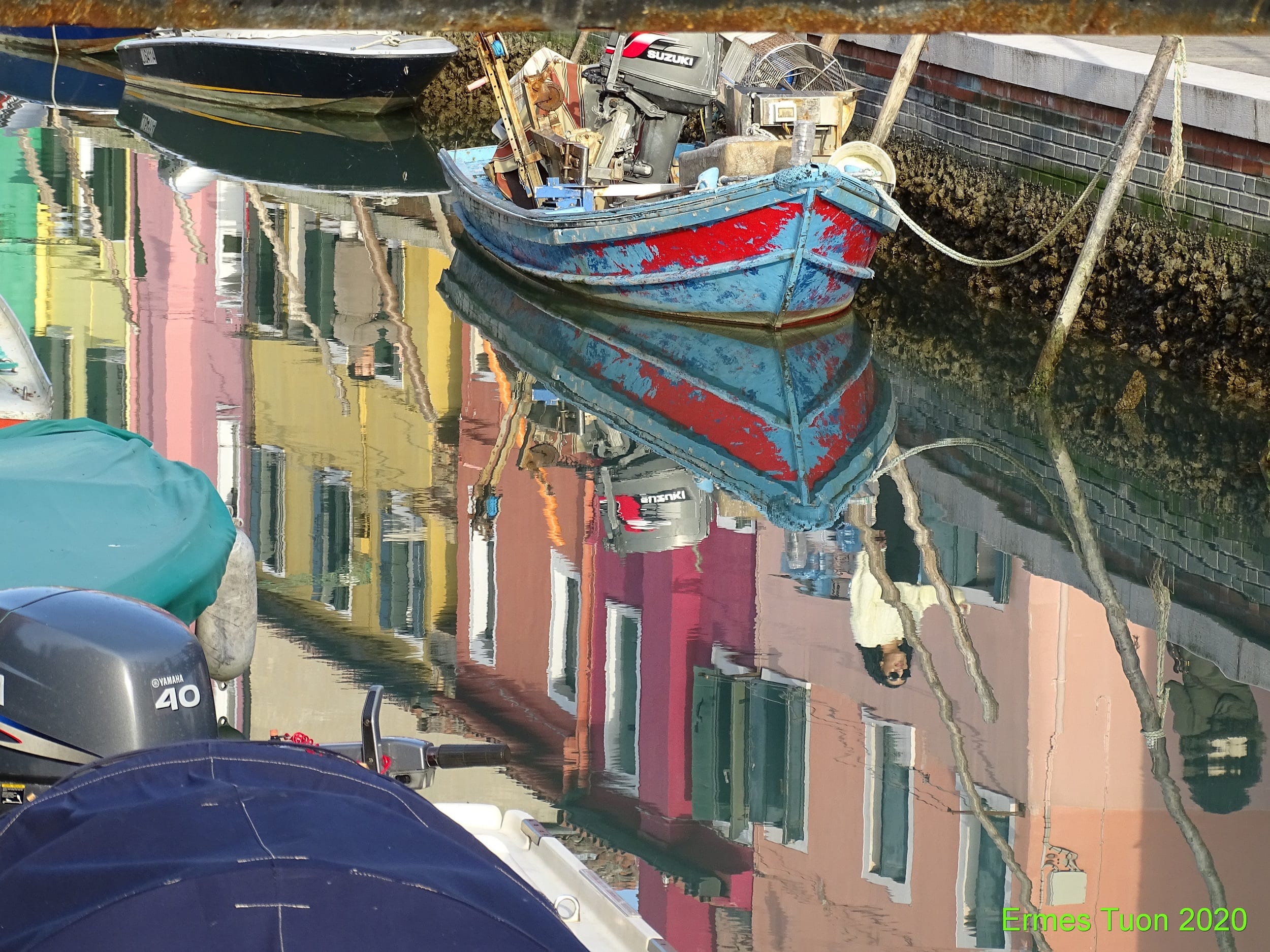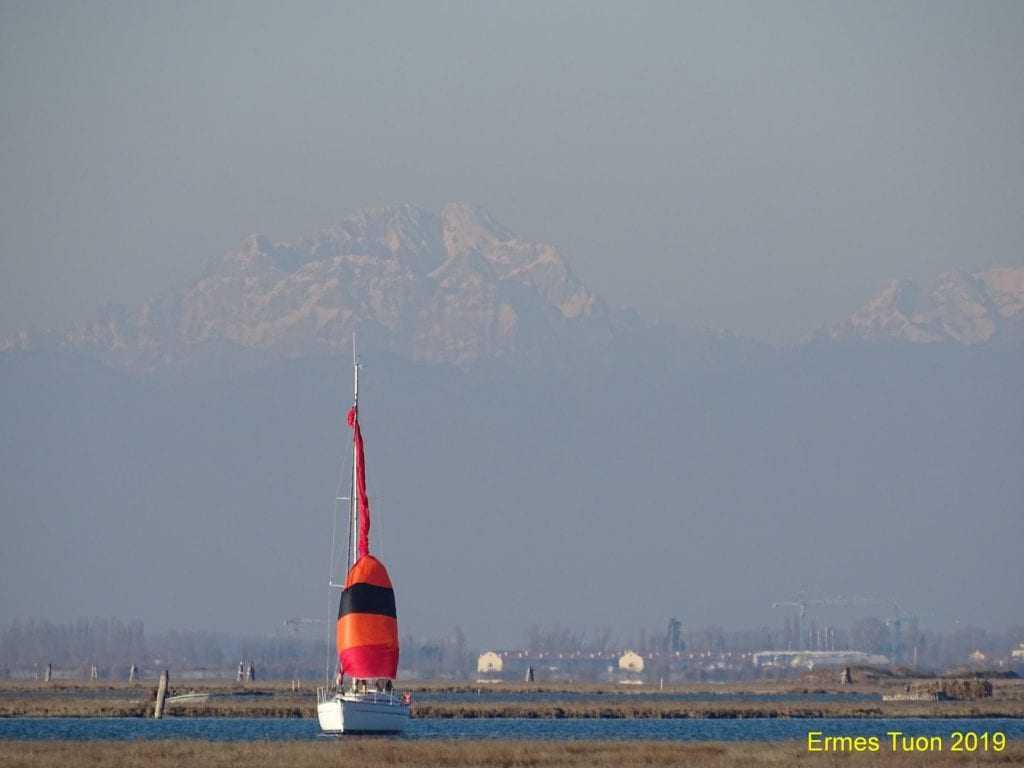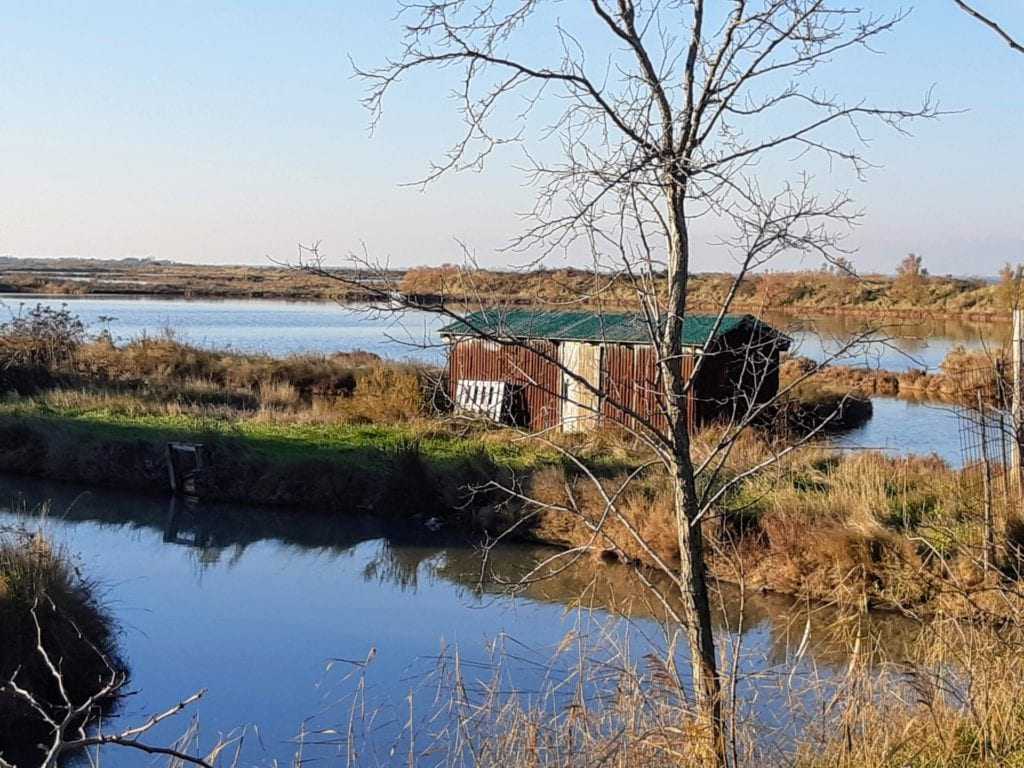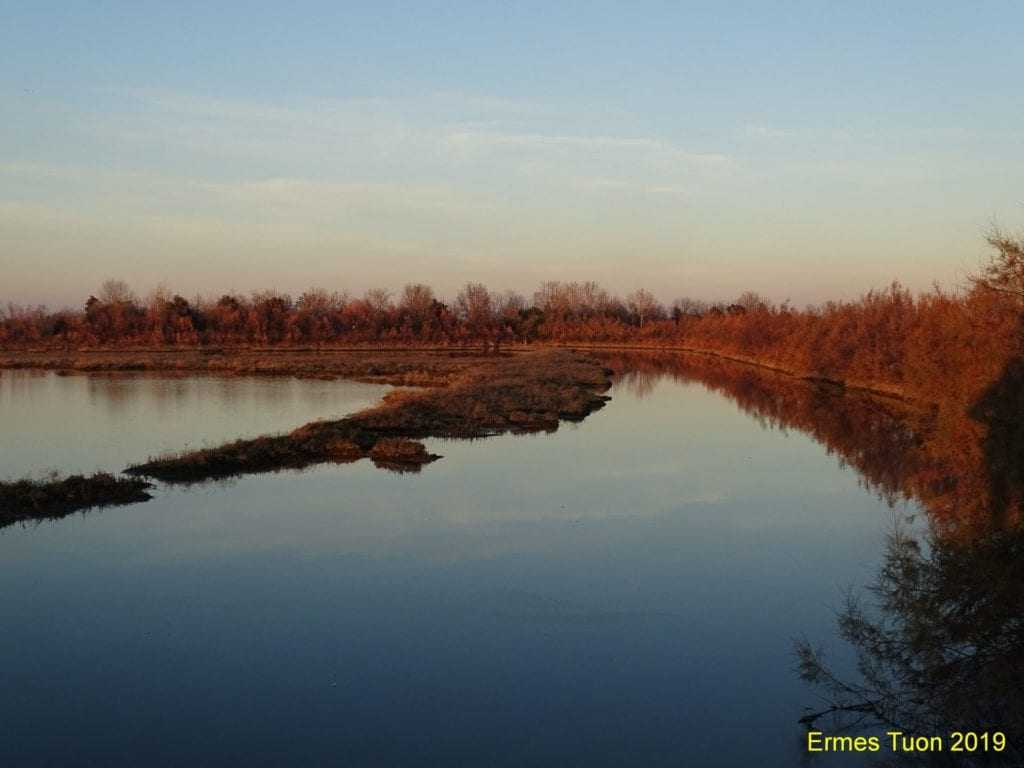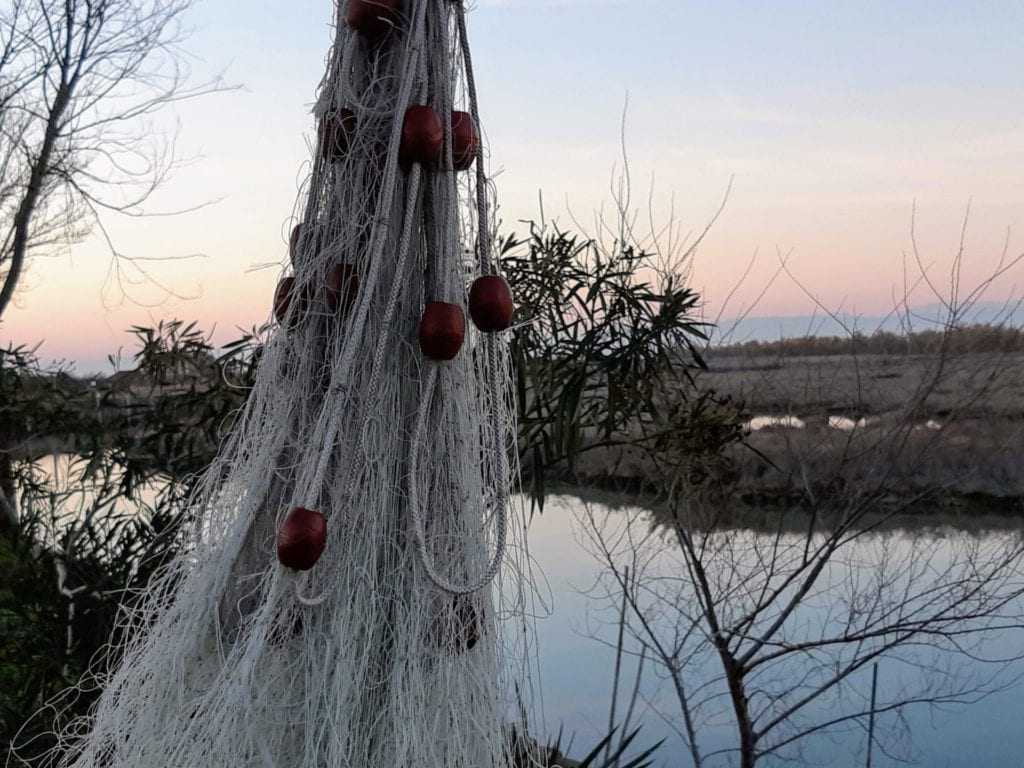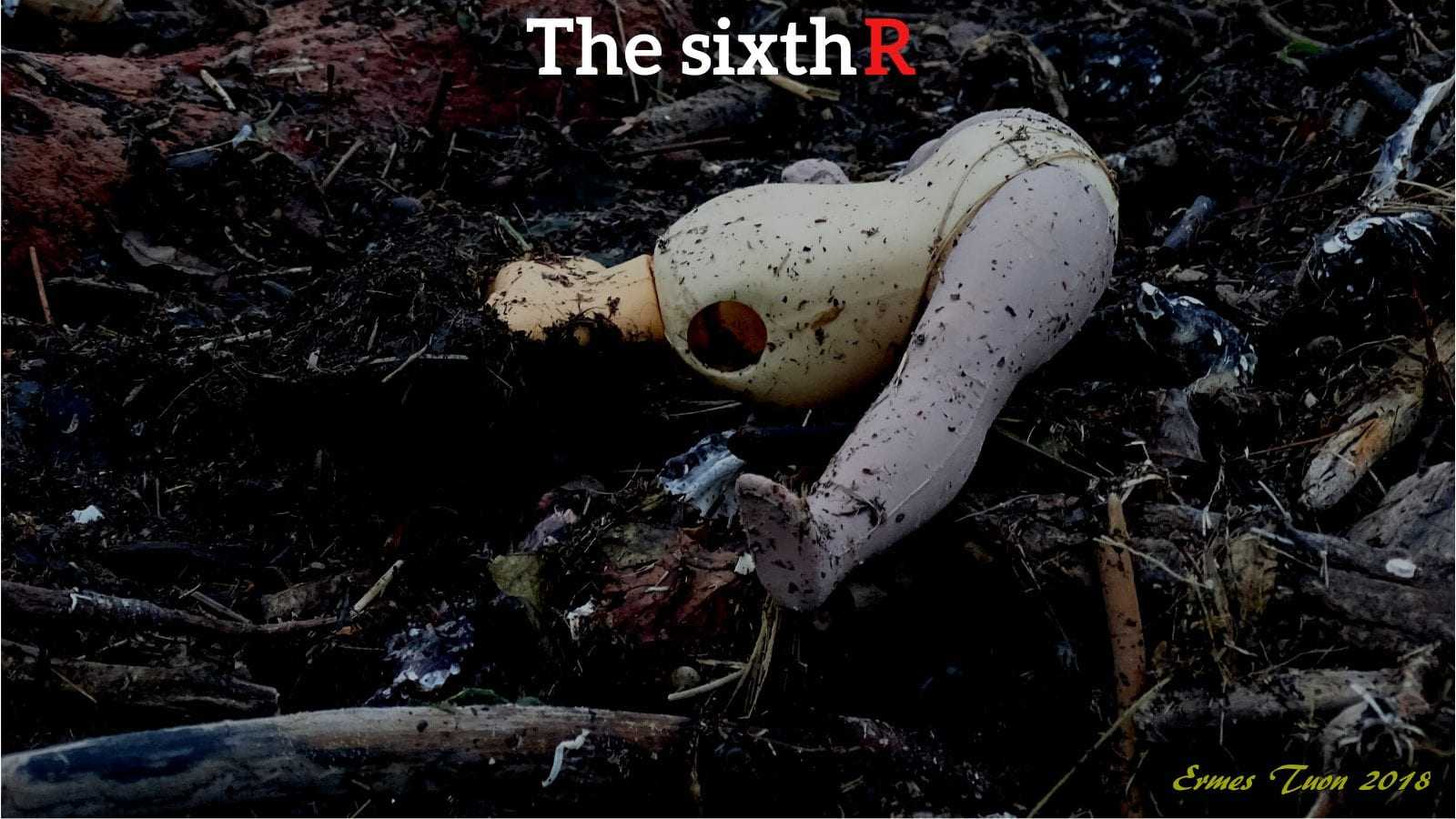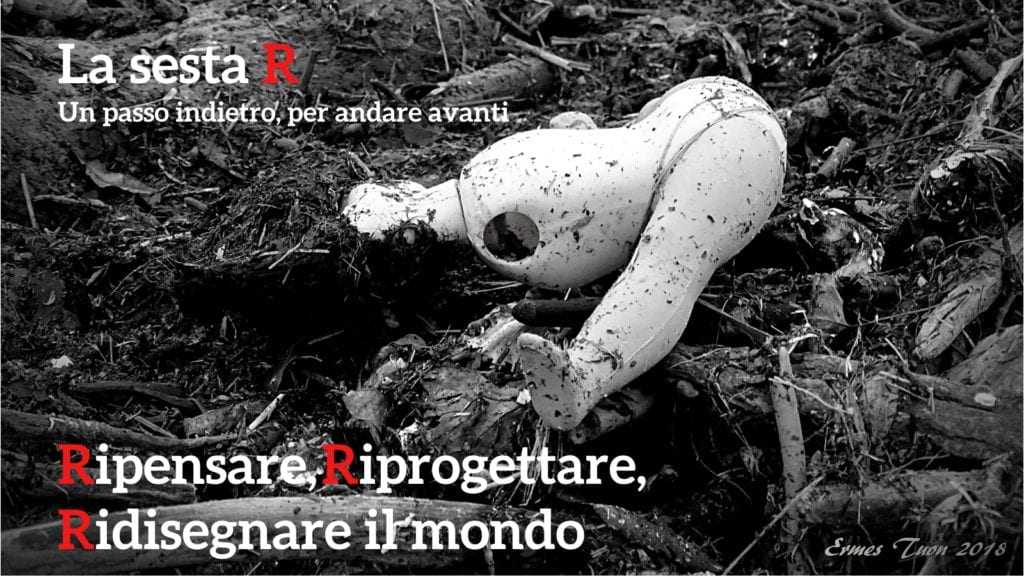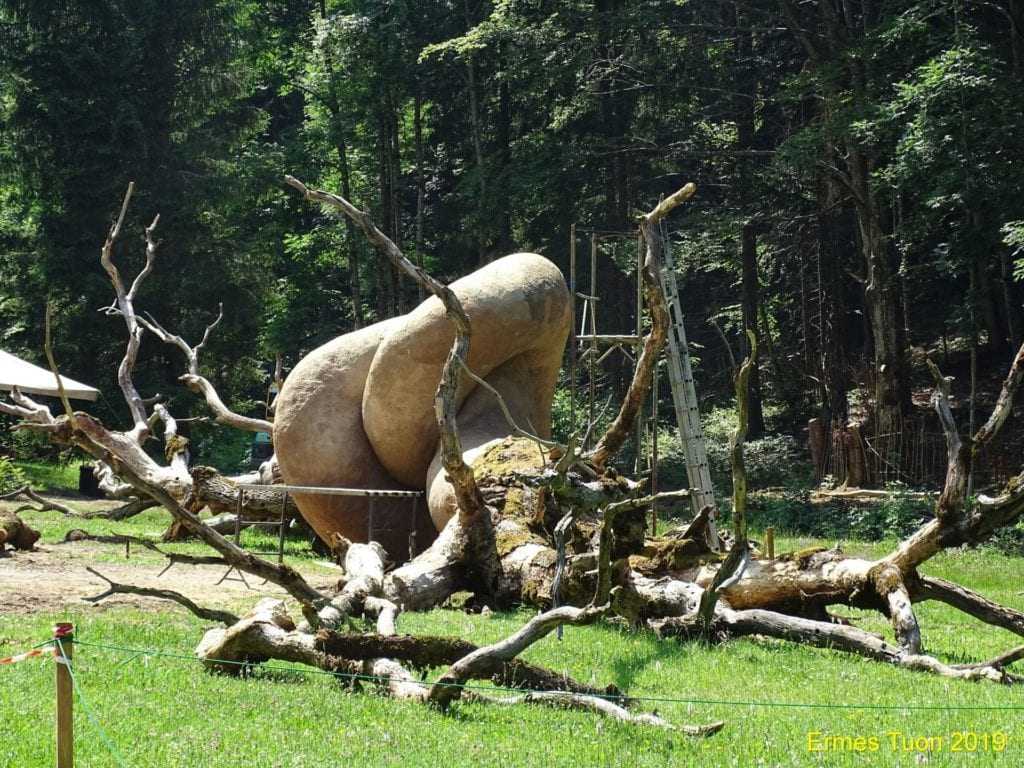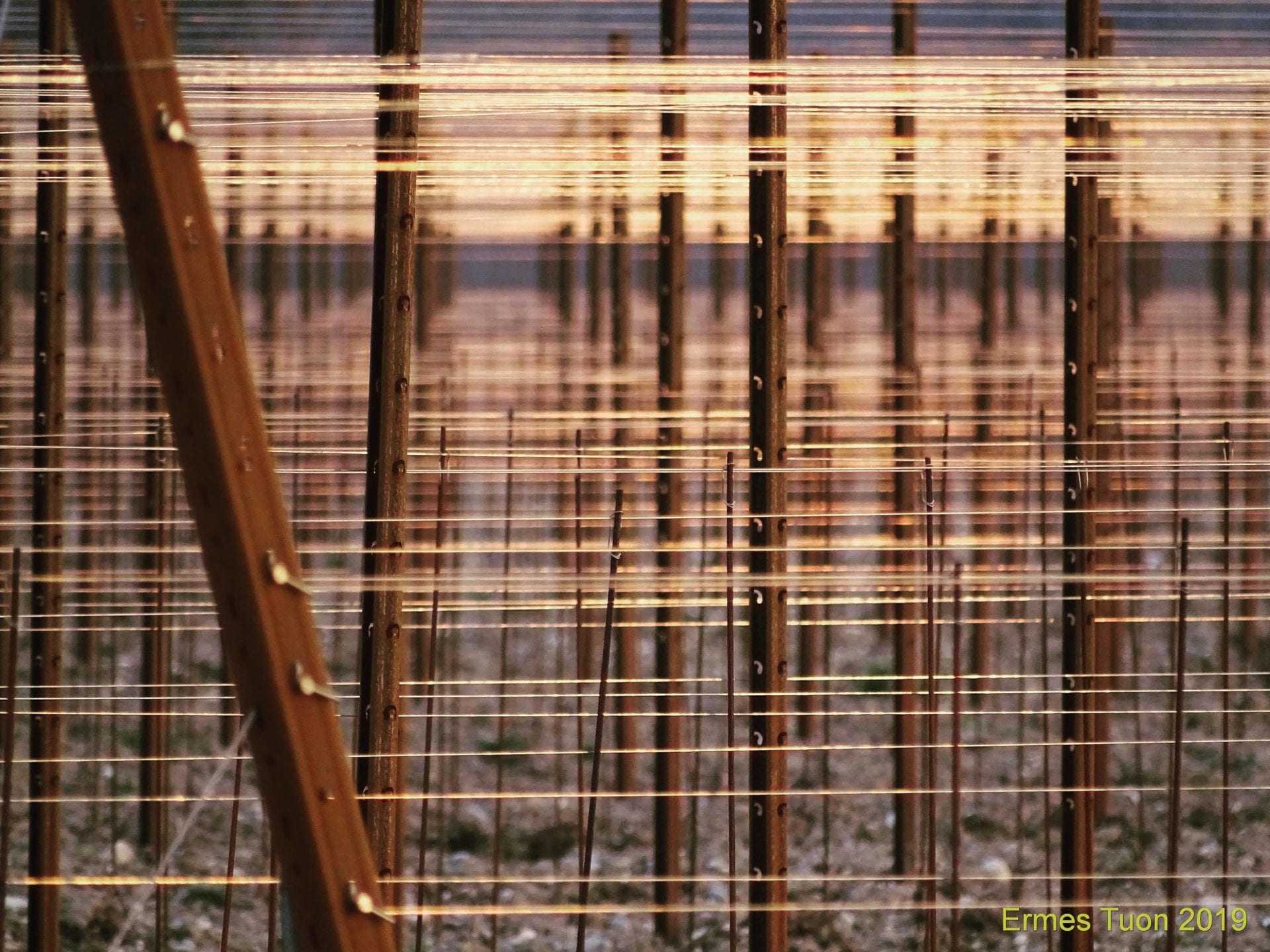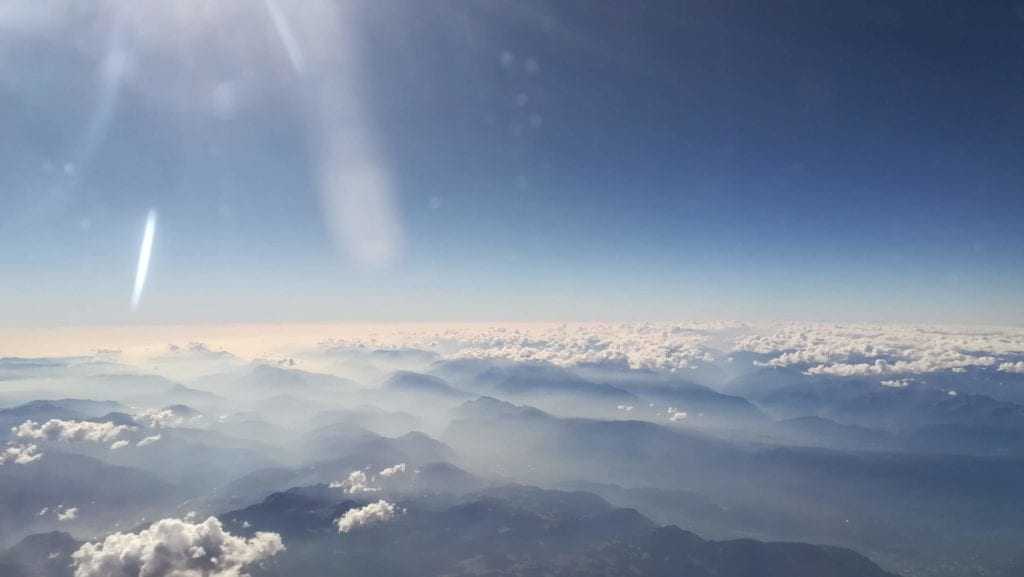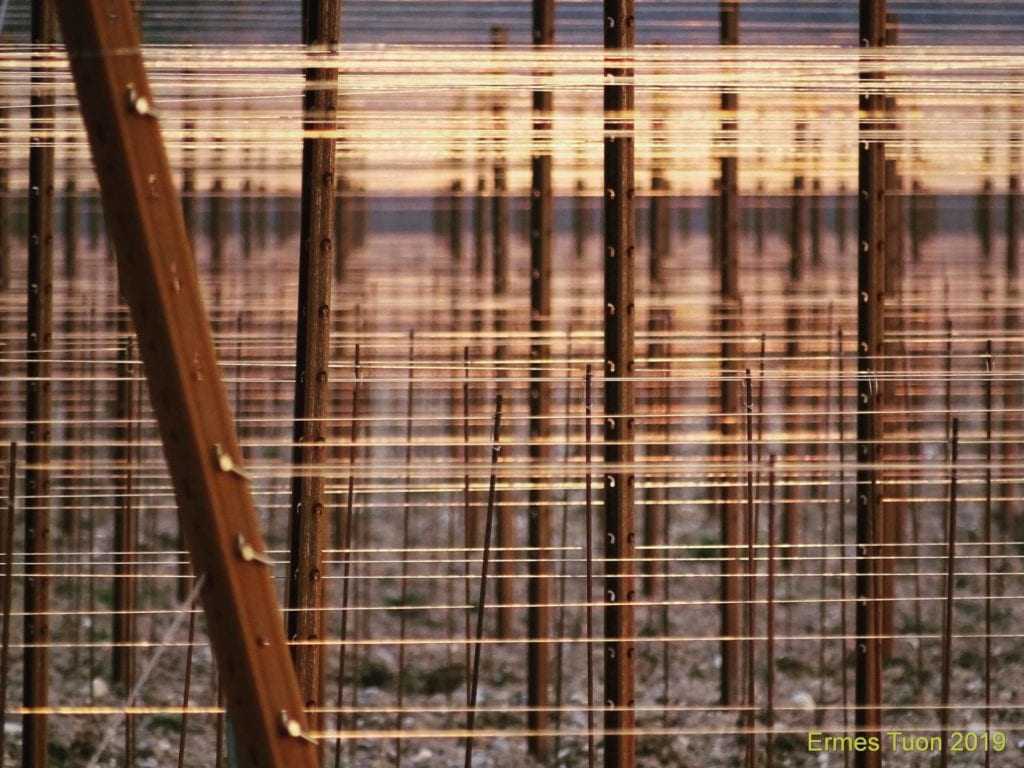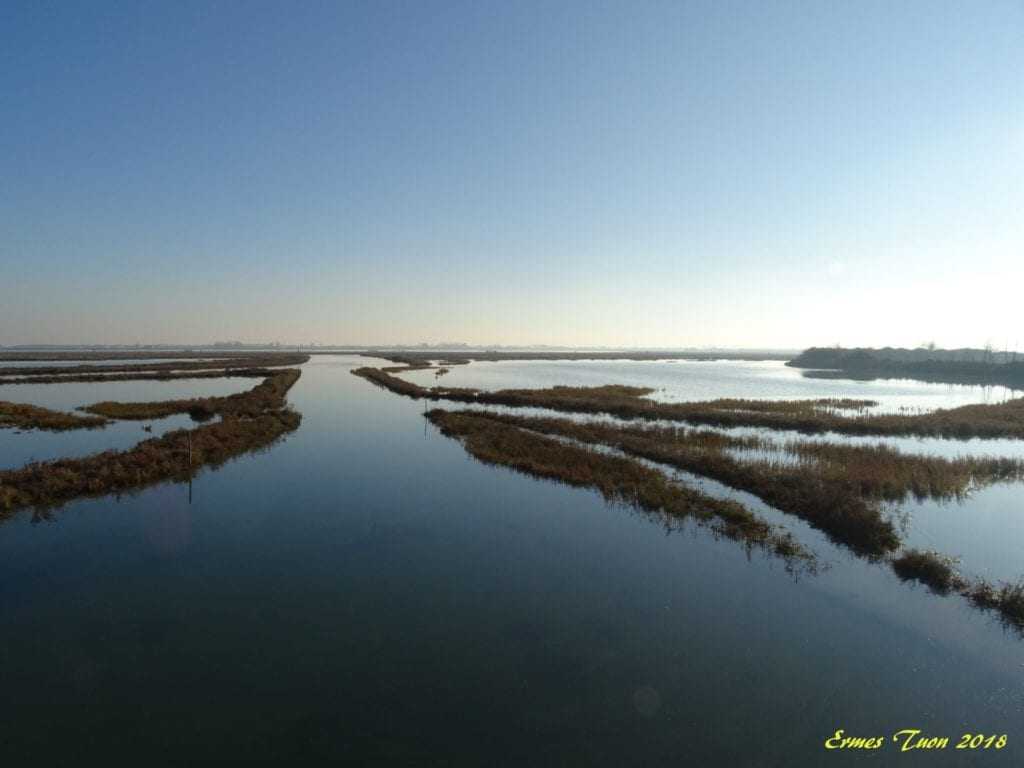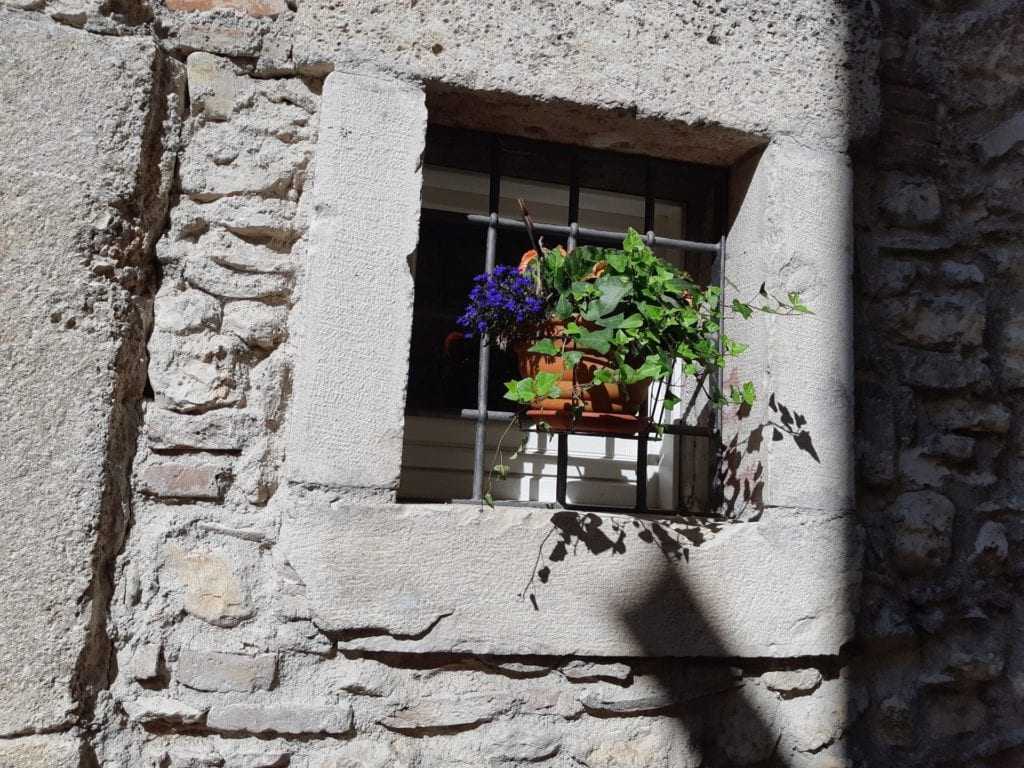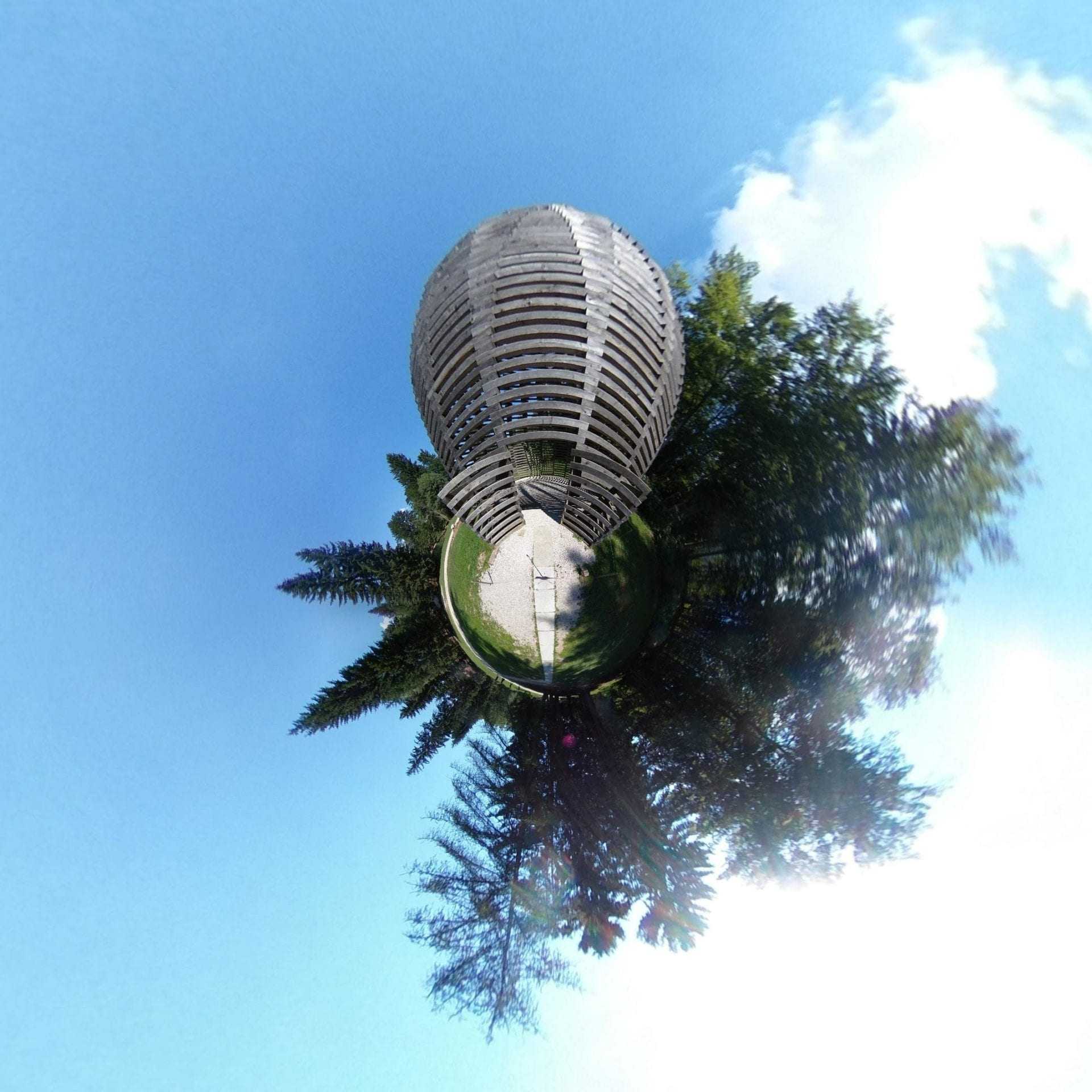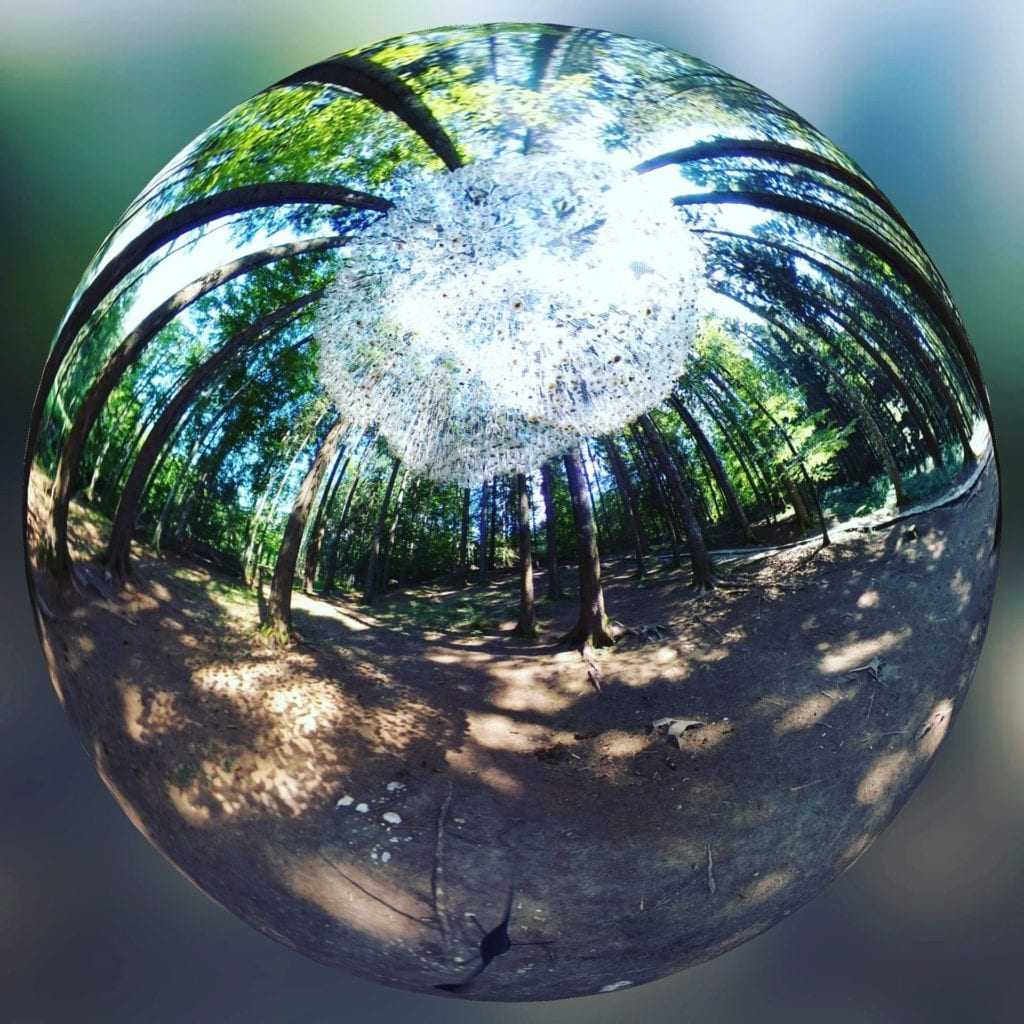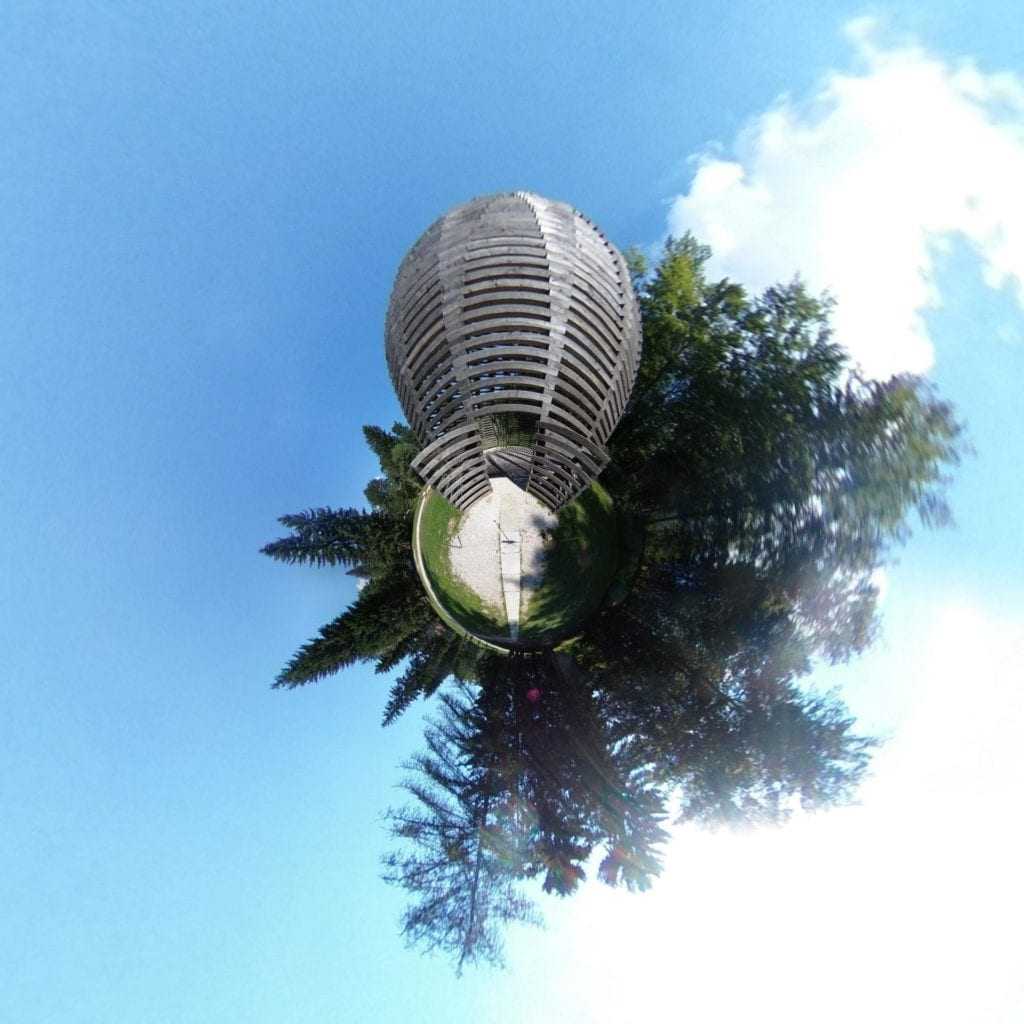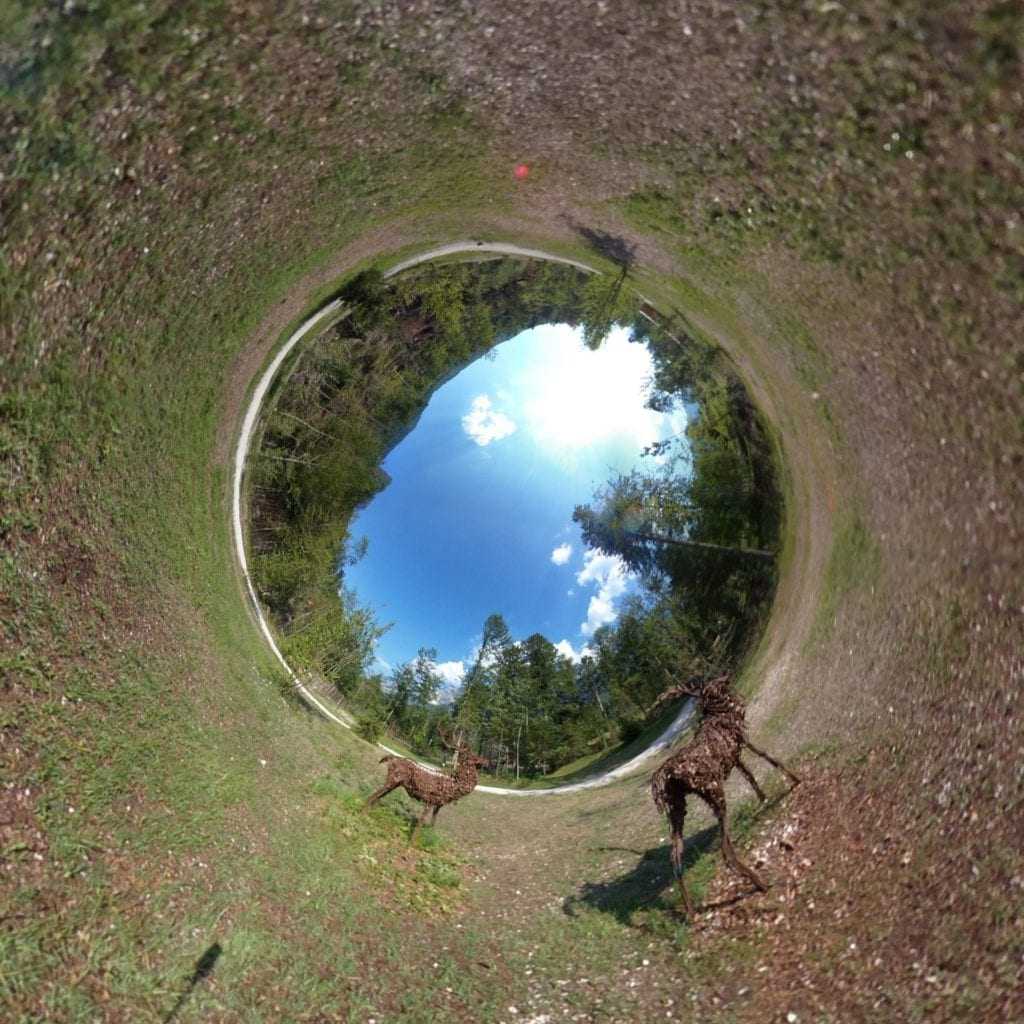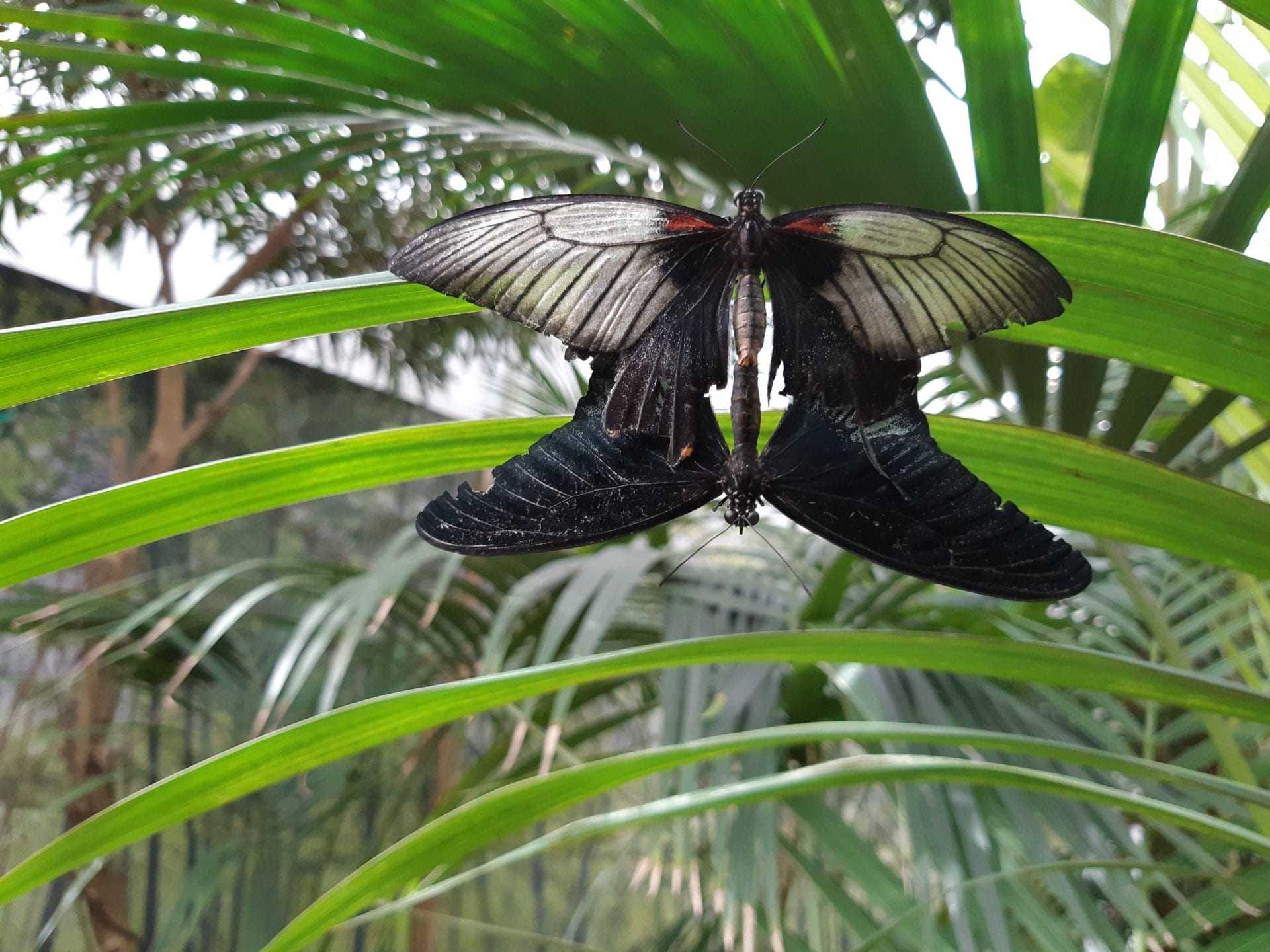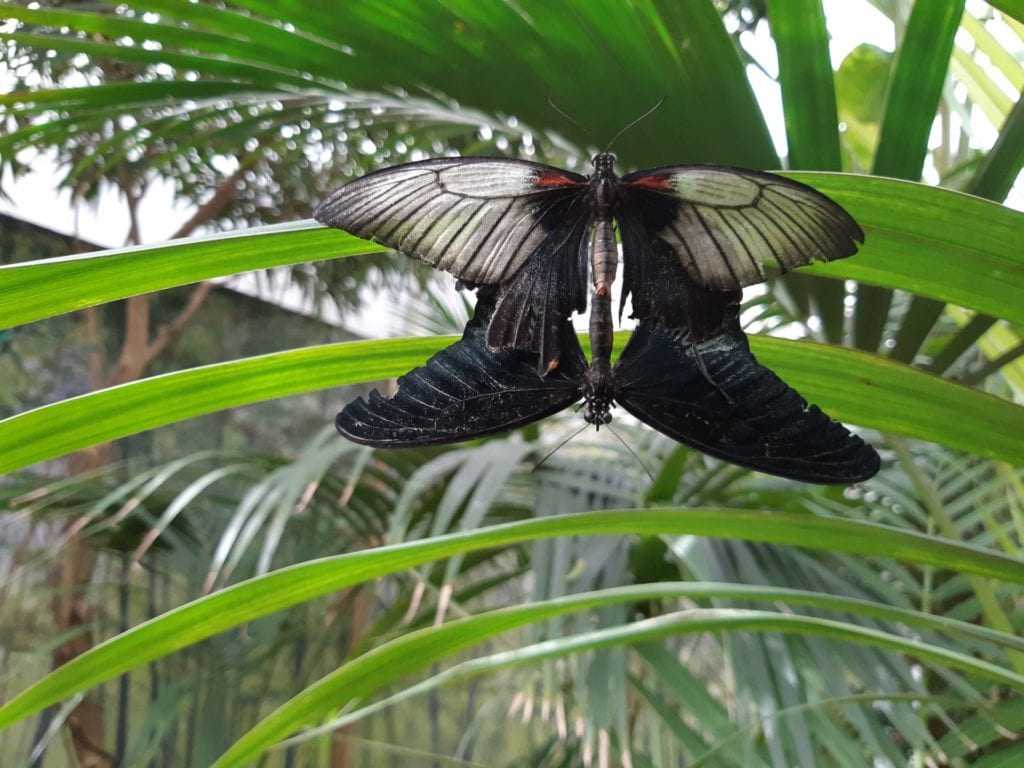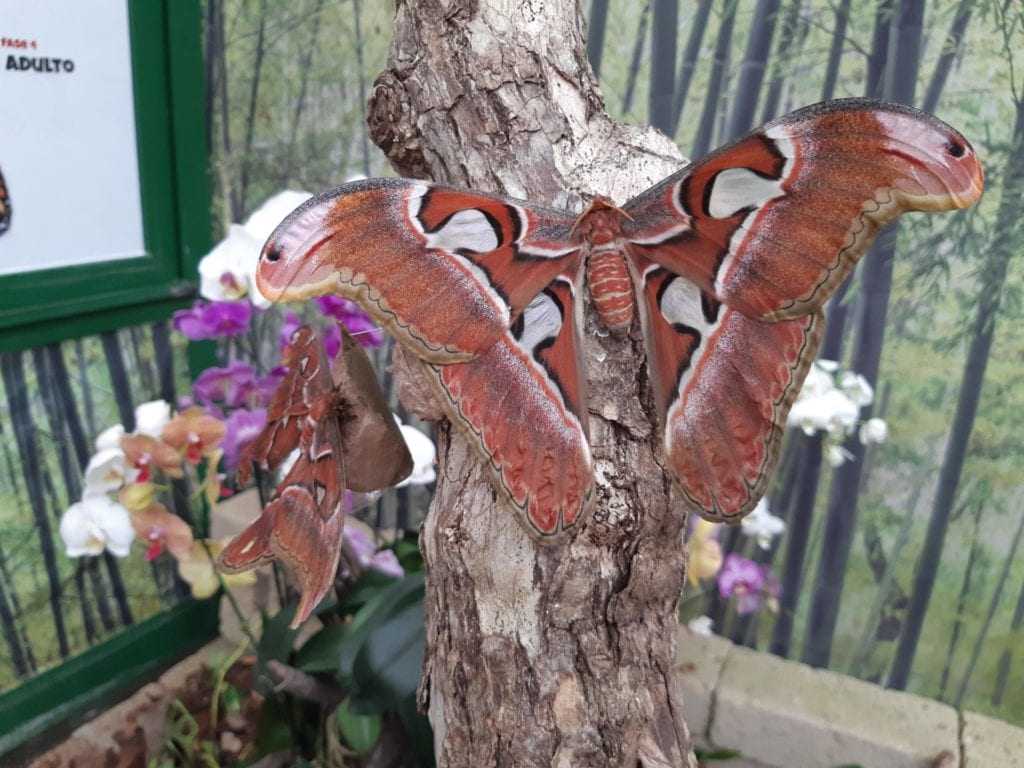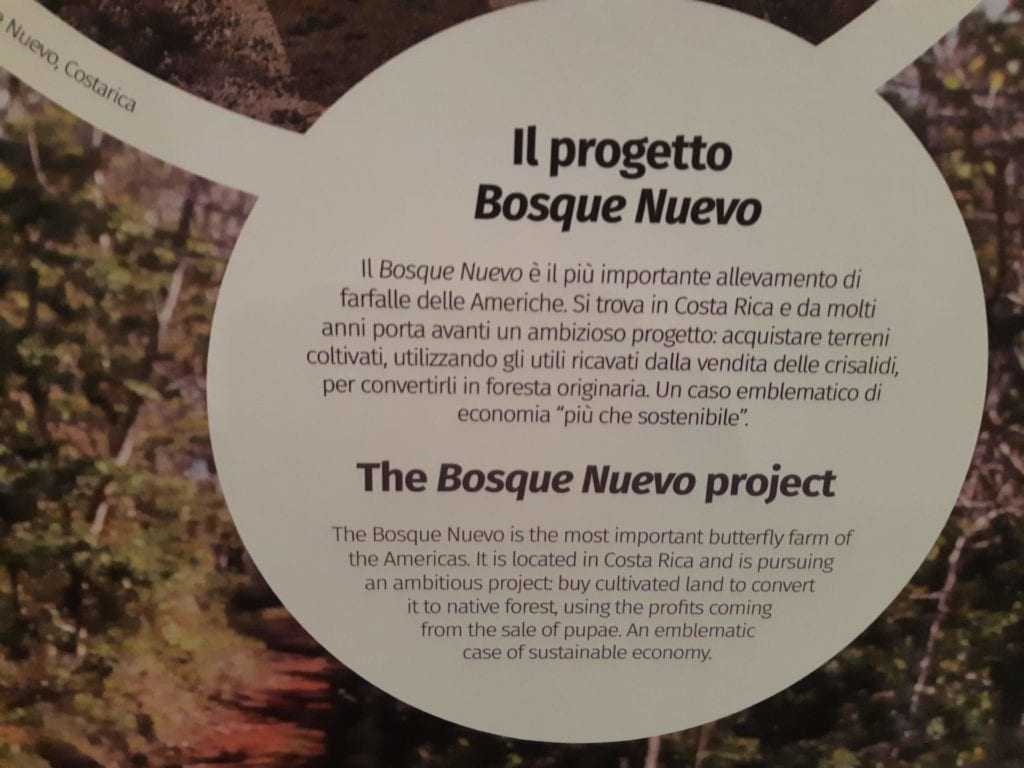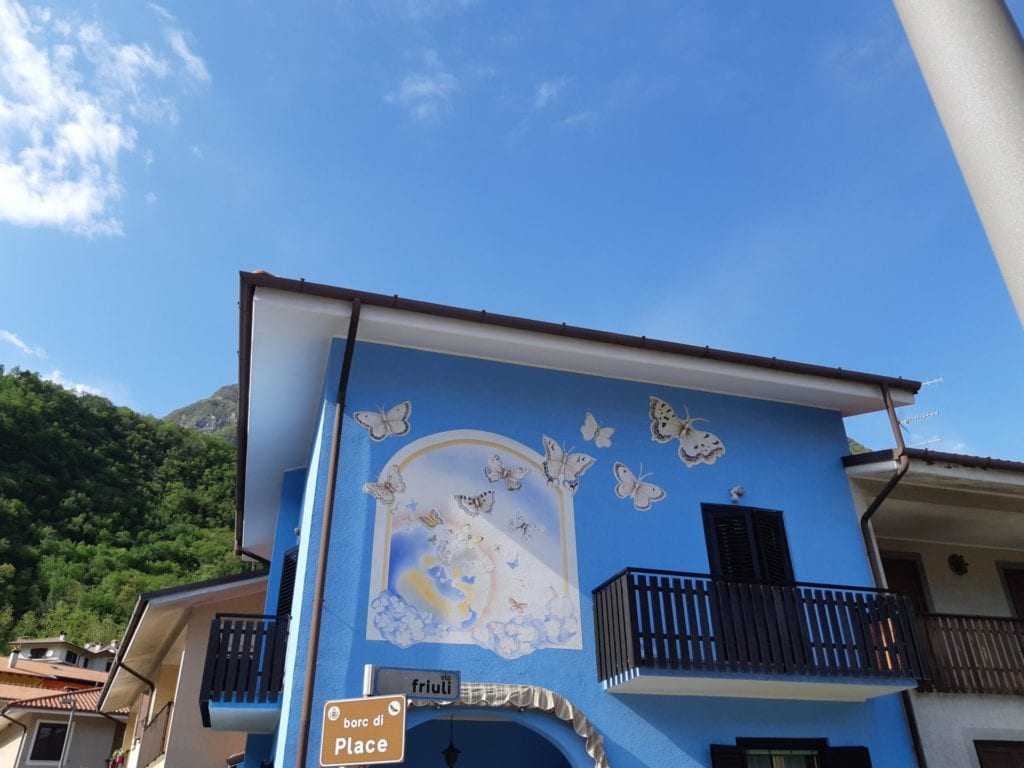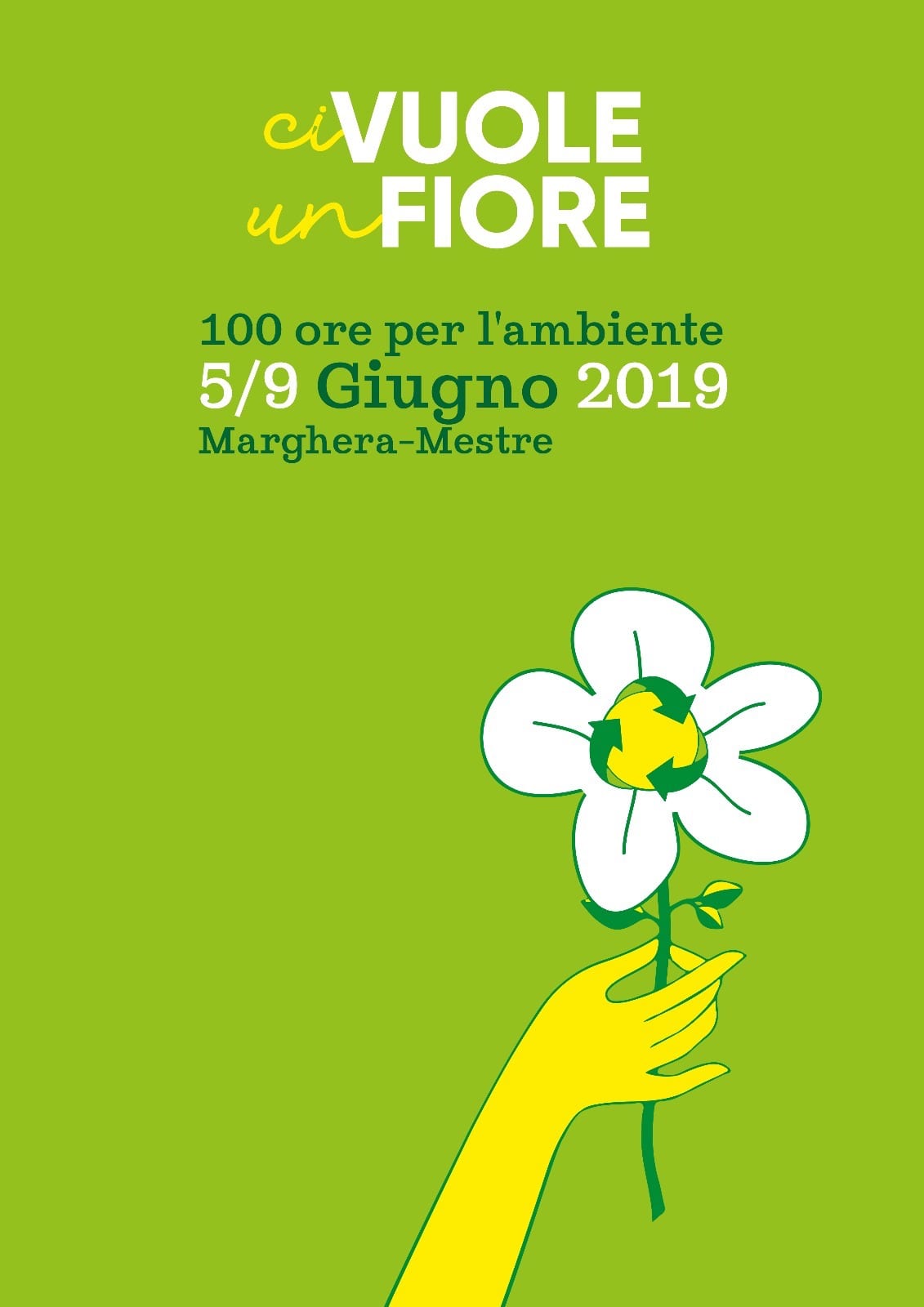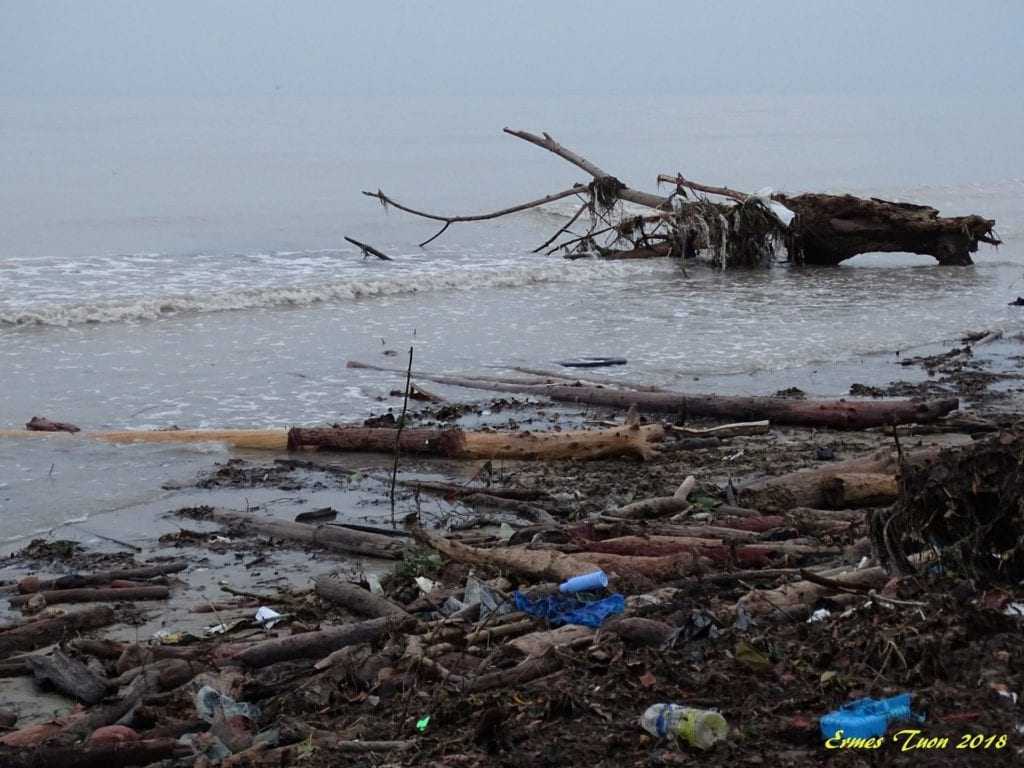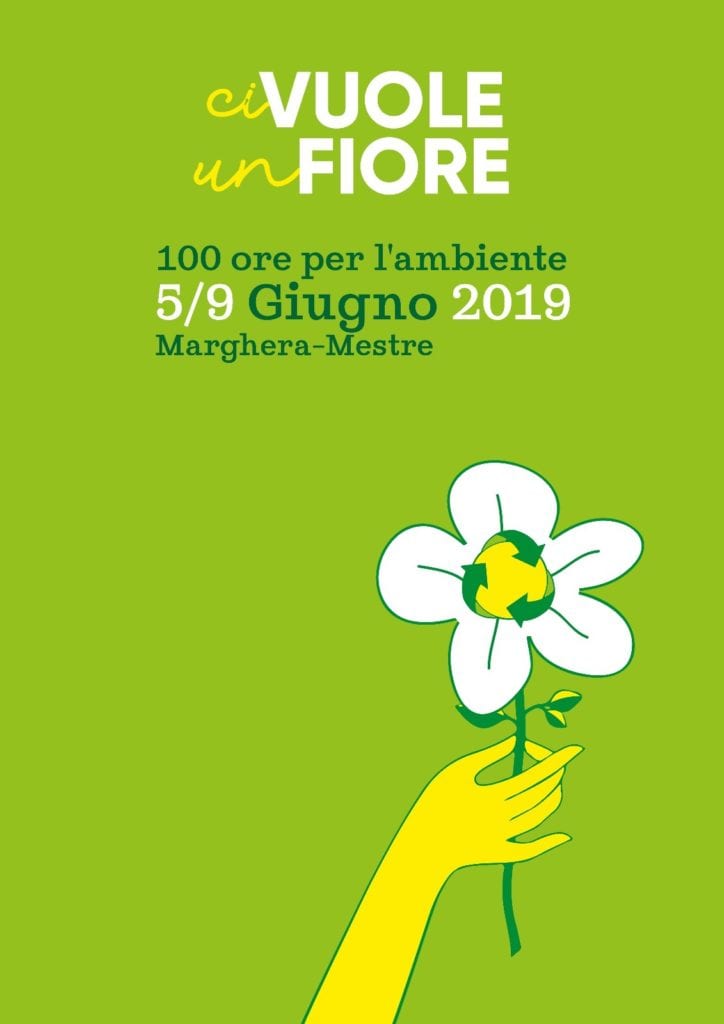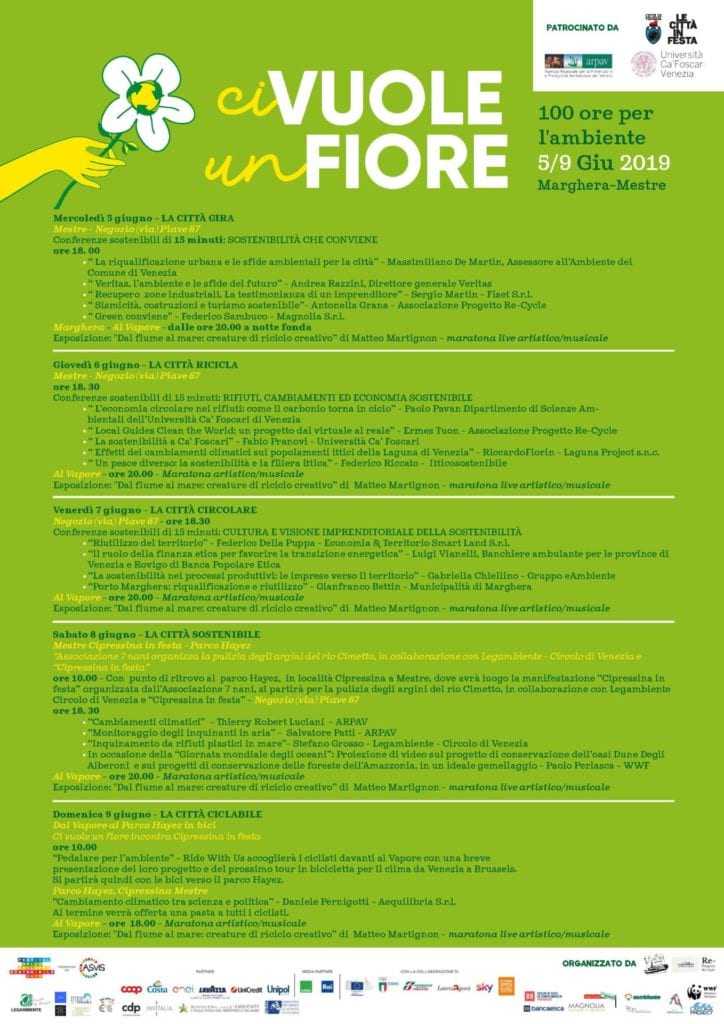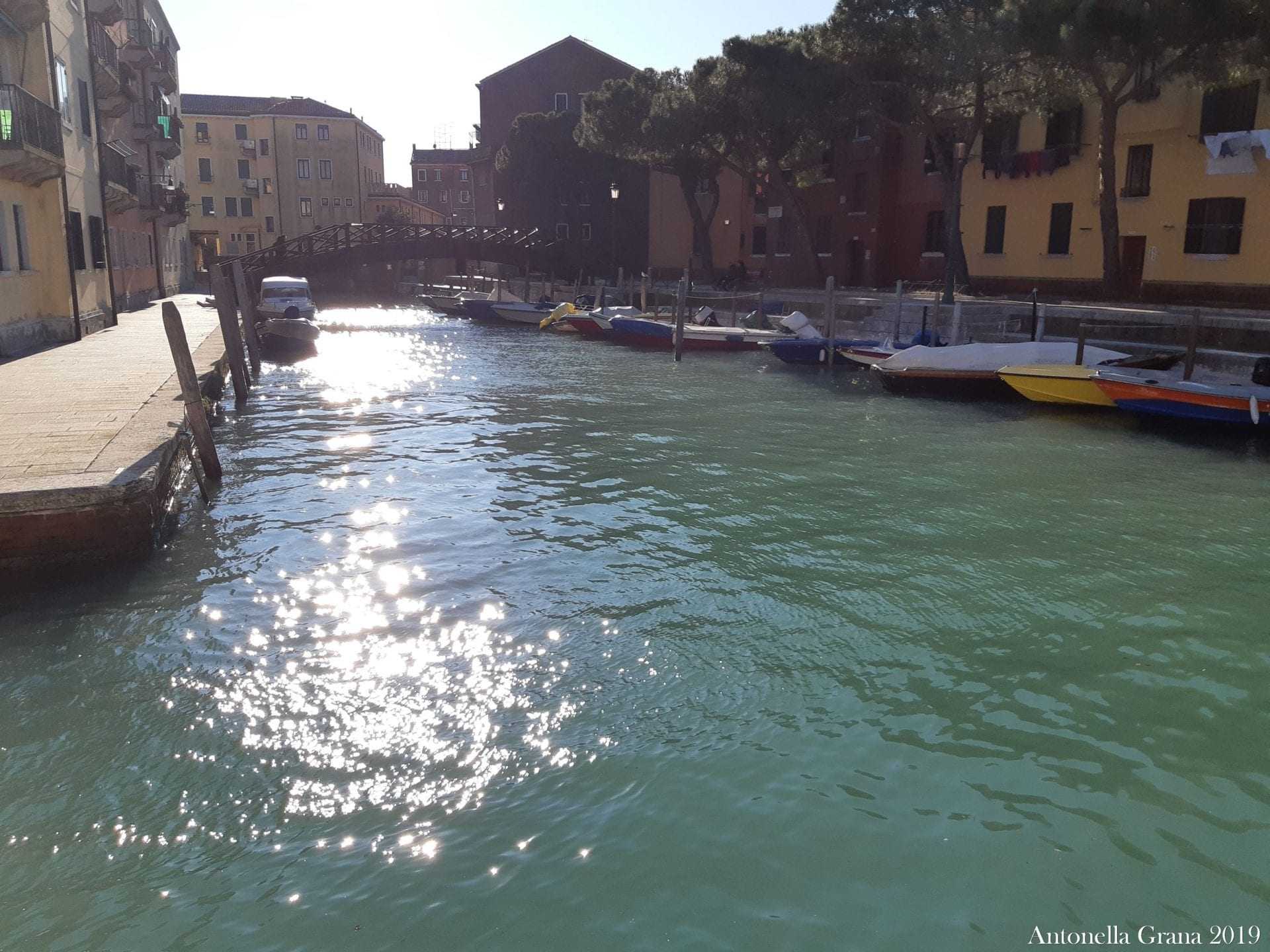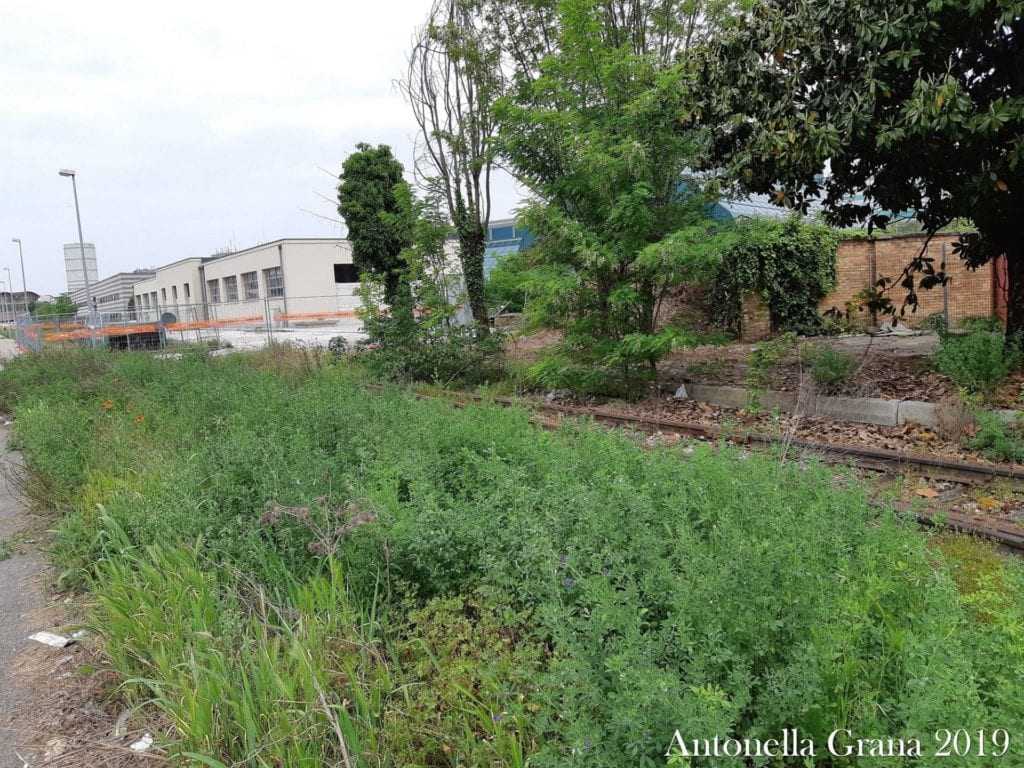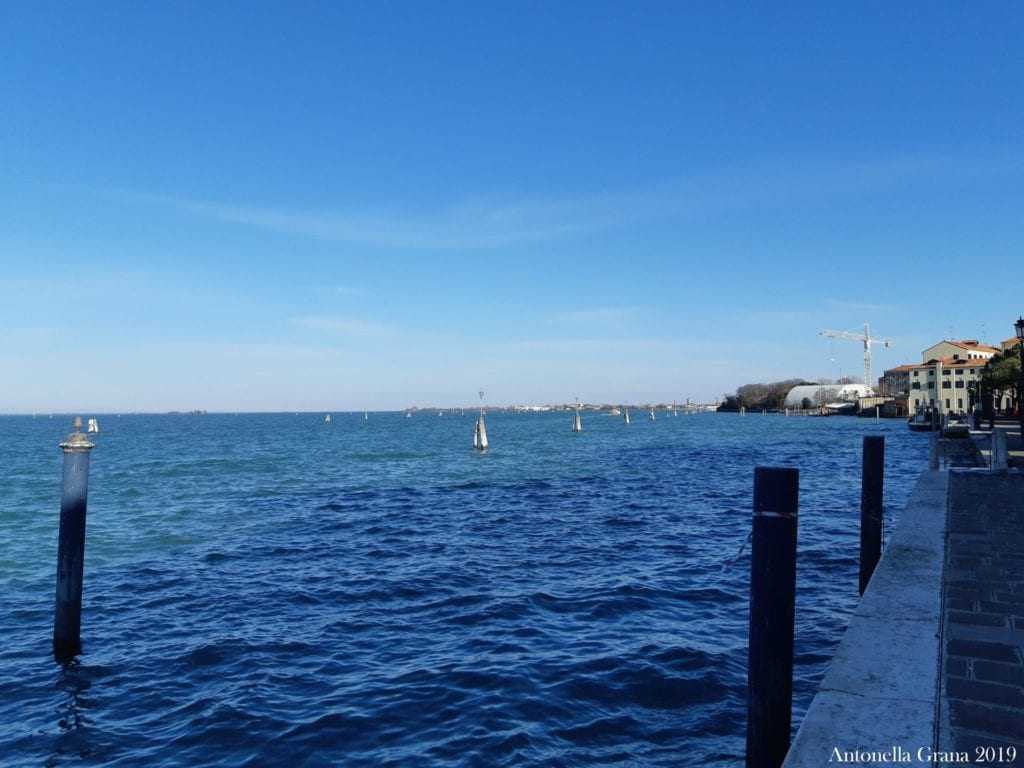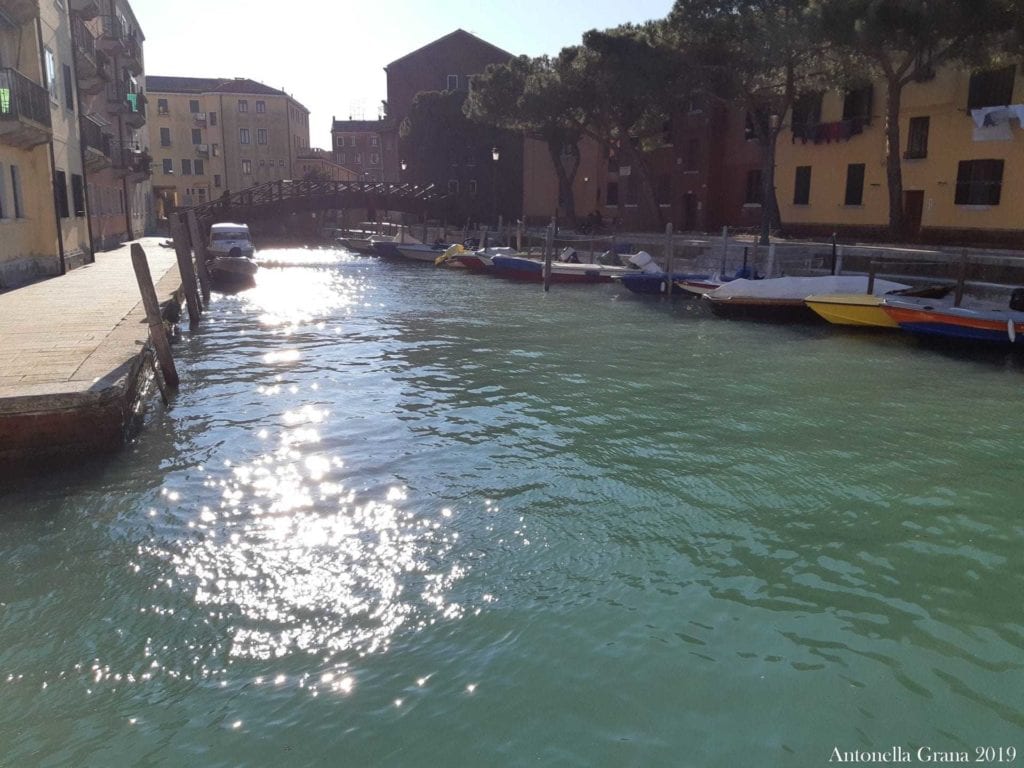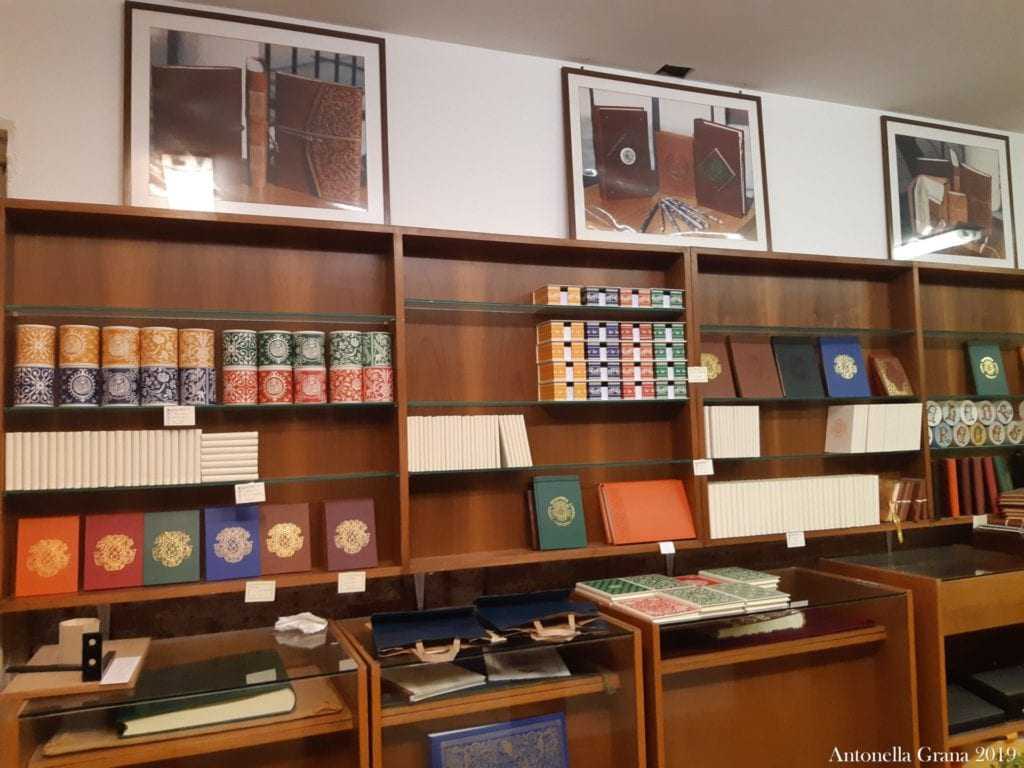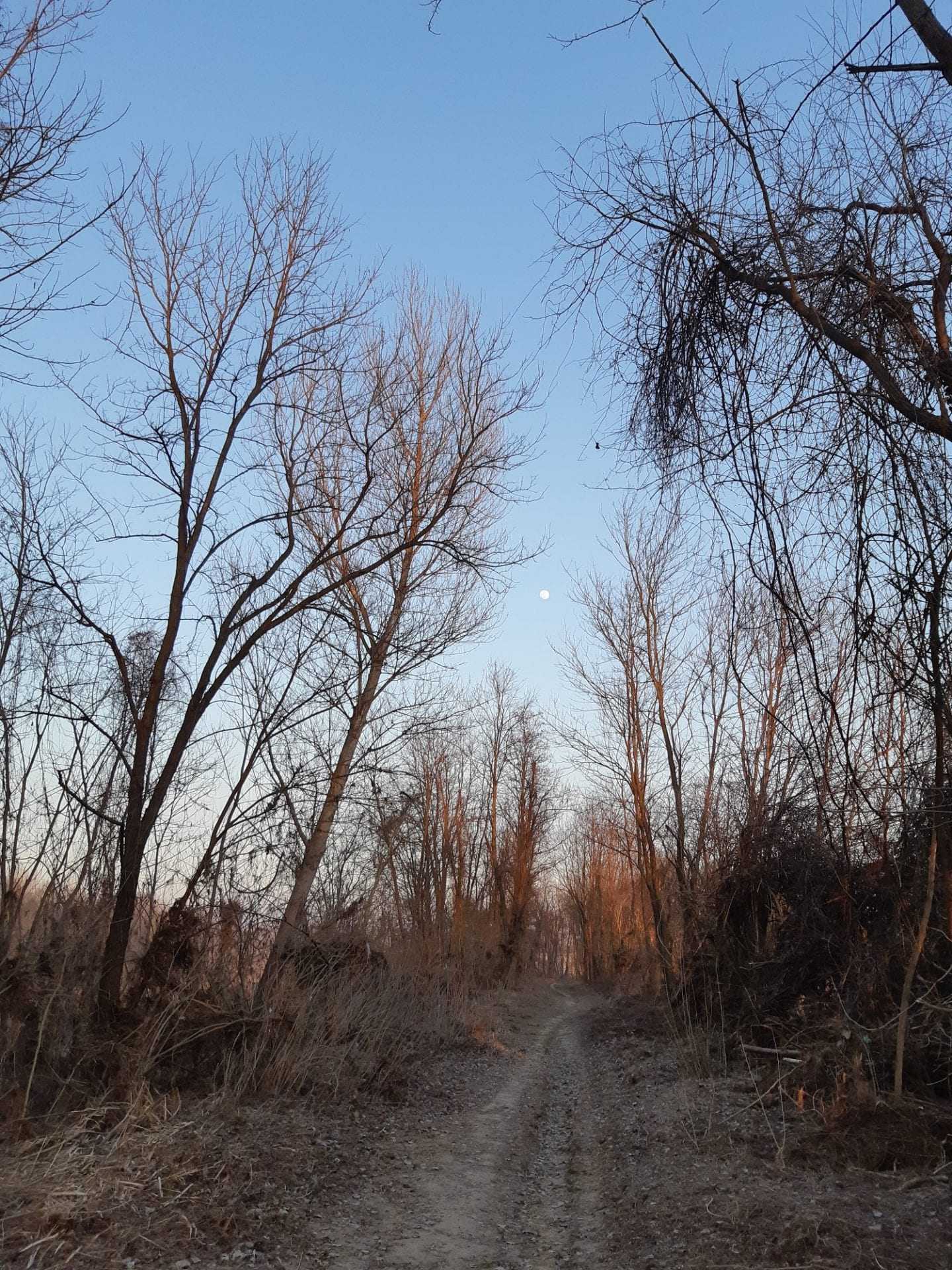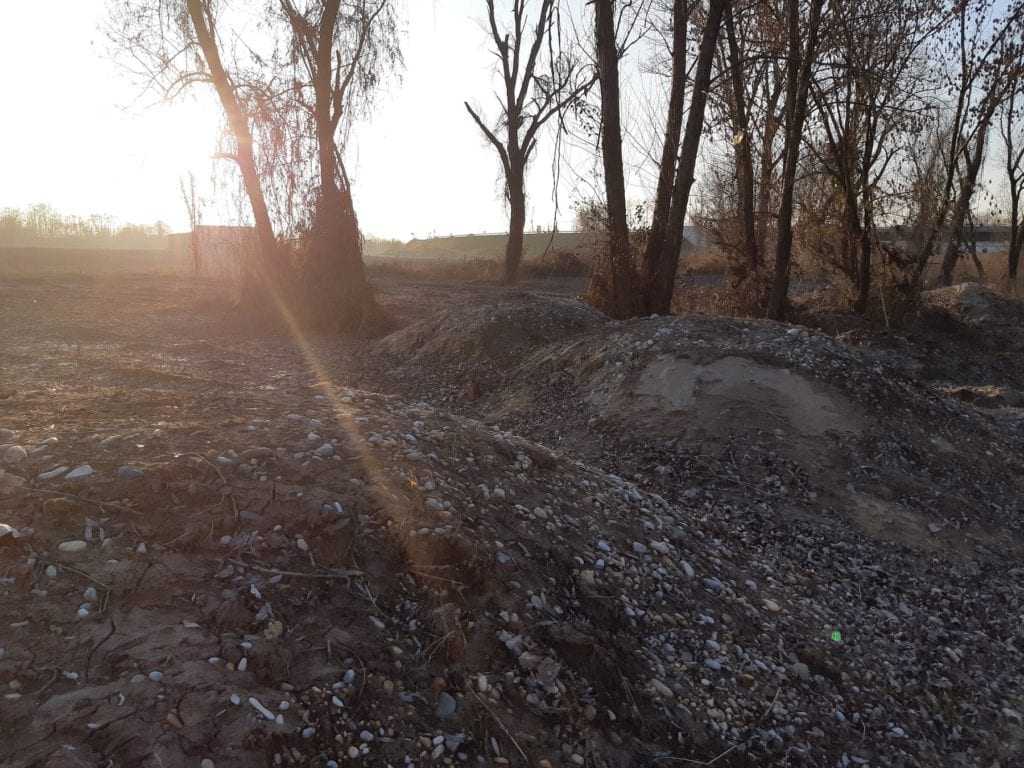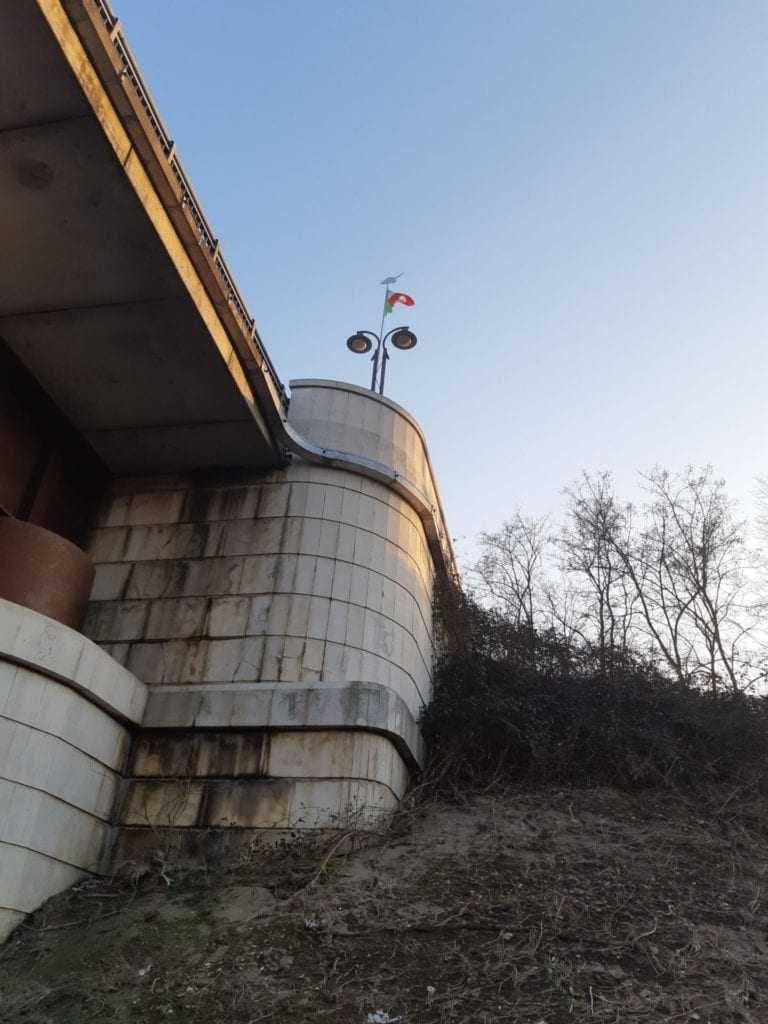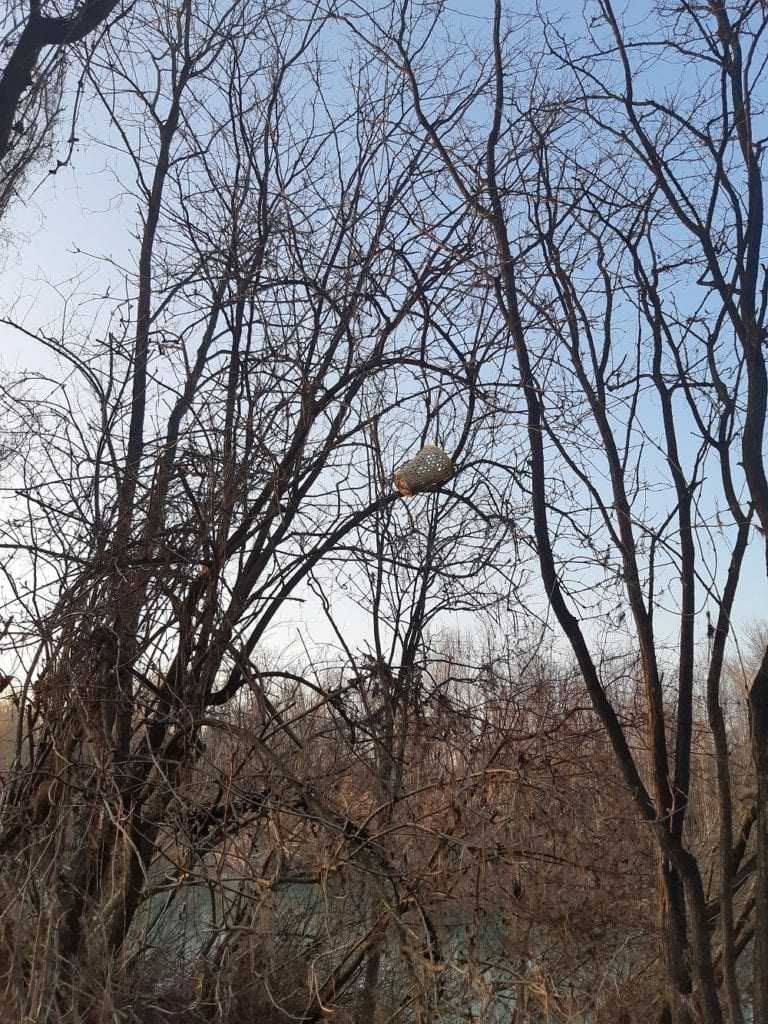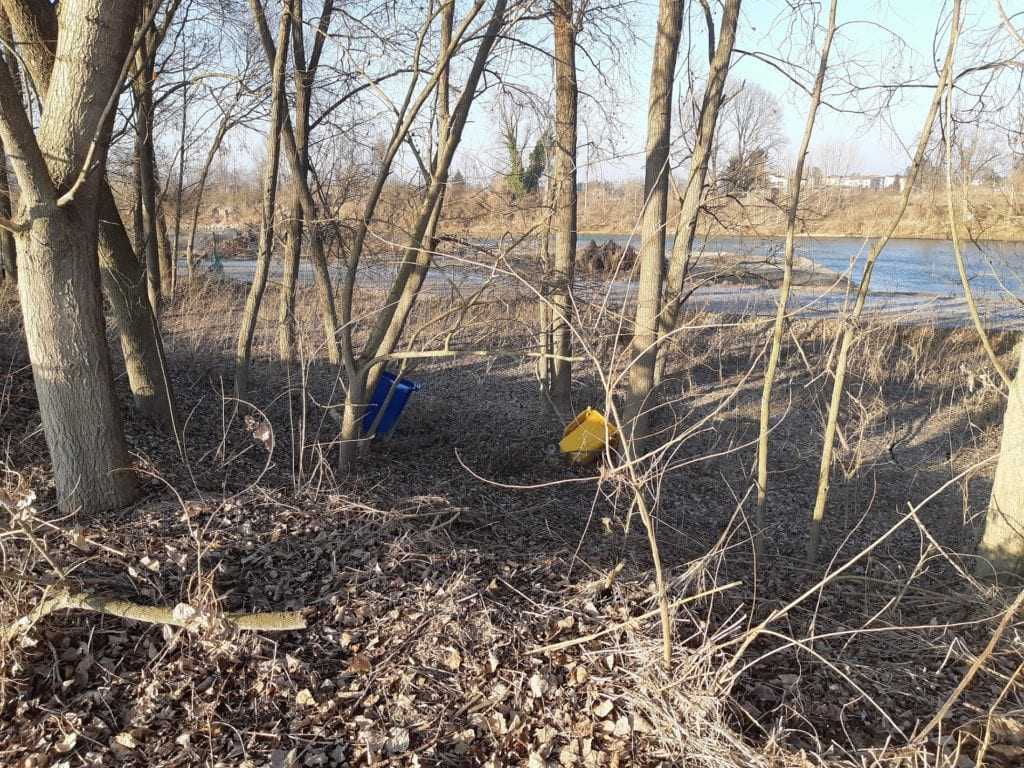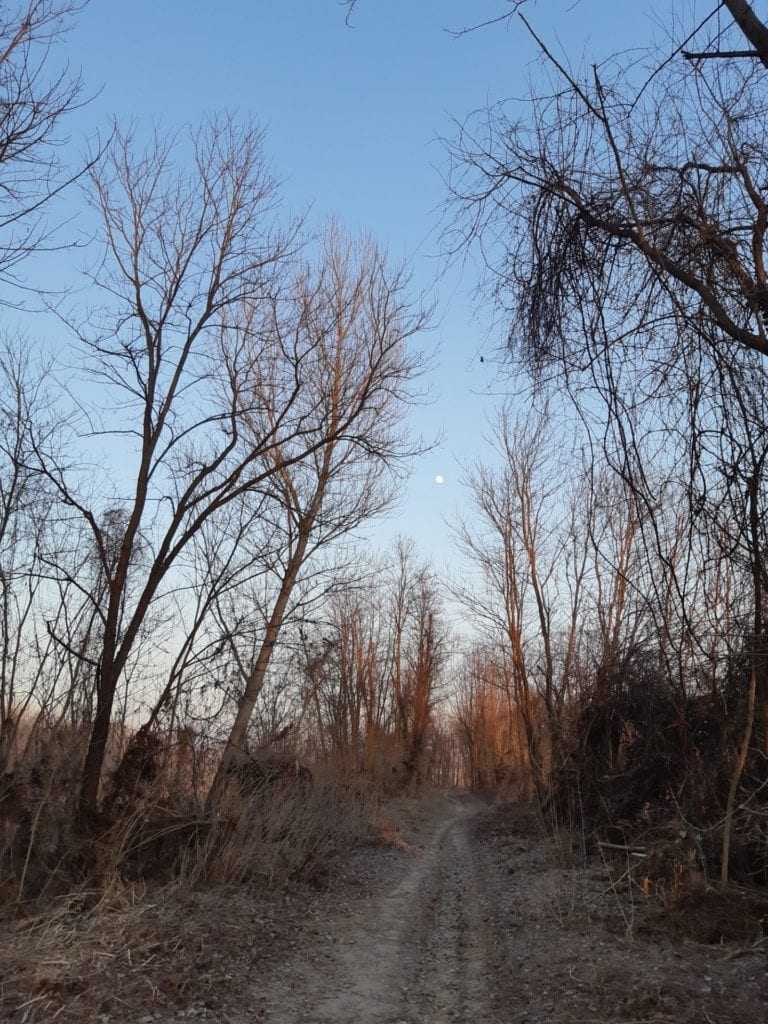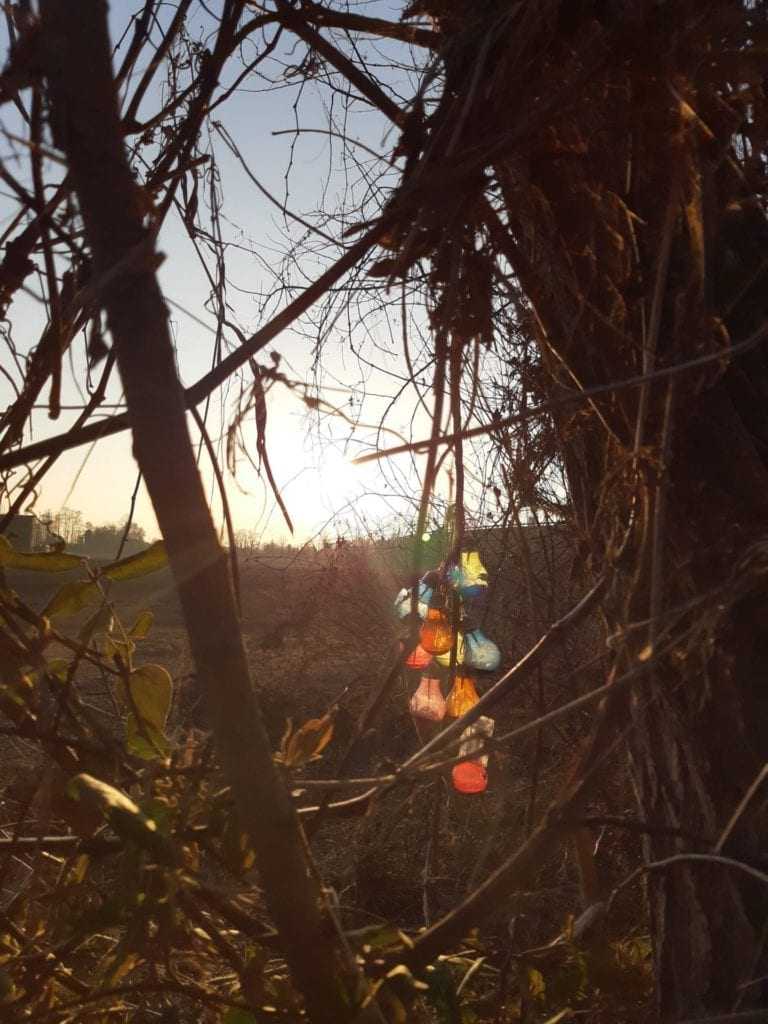Burano and the colors of the rainbow to give some light in these strange days. Since we cannot move, we continue with our photographic walks in an environment that is becoming more and more sustainable day by day.
Burano and the Venetian lagoon where Nature is regaining its place
Some info
Writing about Venice and its Lagoon is not very simple. Venice and the Lagoon, and the other islands like Burano inside the lagoon, are part of a complex ecosystem with a lot of different aspects. The heterogeneity of what we call Venice is clearly visible by clicking on this link.
Mestre, on the mainland, is representing the Industrial / Commercial part of the area.
Venezia, the unique city, is the touristic, overcrowded aspect, as opposed to Lio Piccolo, the rural area of the Lagoon, where quiet and nature are the absolute protagonists.
Venice, the crowd and the parties of Carnival just a month ago, on one side and the silence of the nature on the other.
Nature that is claiming its place back, now that we must #stayhome. If you think for a moment… Human Being is THE virus … We must remember this when this pandemic will come to an end, we must remember the sound of silence and the fresh air. It is now time to reconsider our production processes in a sustainable way.
But now let’s go to Burano and its houses as colorful as a rainbow
Burano
If you look at the maps, you will see a lot of small islands in the Venetian Lagoon. On the Islands, one part of the Venetian economy is still active, even if some of them are abandoned now. Today we will reach Burano, the village on the island further away from Venice.

To reach Burano you have obviously to use a ferry, a “vaporetto”
You will understand where Burano is when you will start to see a stain of colors over the water. Because this is what Burano is: a crayon box with people living inside. You can get lost in the alleys and along the canals of this colorful little Venice. The sense of orientation is lost after a few minutes in the alleys that seem all the same, even if each one is different from the other.

To find your way look at the Bell Tower, that is clearly visible from every alley of the village. Inclined of an impossible angle, like a kind of Venetian “Pisa’s Tower”, it seems to be the only building that has its natural color.

And finally when, following the bell tower, you reach the main square, you understand what Burano is famous for. Do you know what is produced in this island?
In Burano fantastic craftswomen produce laces. They have always produced laces in Burano . The lace school was founded in Burano in 1875, and after three years it already had more than one hundred students. Even today, the Burano laces are among the most exclusive and expensive in the world.

We can stop now but we will be back. It is really worth visiting Burano and its rainbow, but let’s always remember all its ecosystem. A fragile ecosystem that must be respected and preserved. We will talk about that soon
